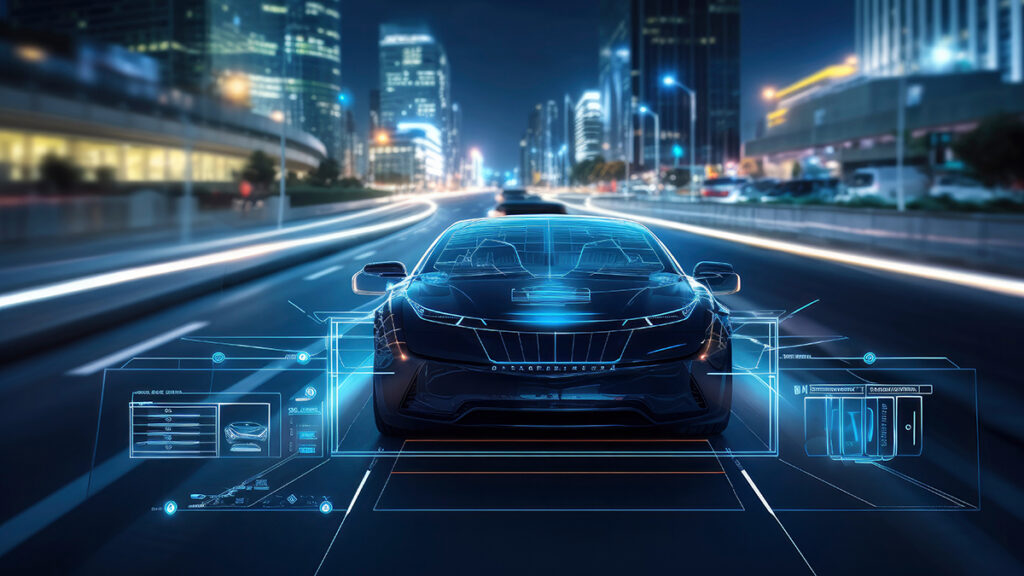In today’s digital age, the automotive sector is undergoing a seismic shift towards the integration of ‘smart vehicles,’ marking a significant evolution from traditional modes of transport. This shift isn’t merely an enhancement; it’s a fundamental transformation that positions smart vehicles at the heart of mobility, safety, and environmental sustainability advancements in the modern era. This exploration delves into the quintessence of smart vehicles, shedding light on their functionalities, foundational technologies, and their transformative potential for our urban landscapes and highways.
The essence of smart vehicles
At the heart of the smart vehicle revolution is the integration of sophisticated electronics, sensors, and software. These components collaborate to collect data and autonomously adjust the vehicle’s operations, maintenance, and comfort settings, reducing the need for human intervention. Smart vehicles are integral to a larger ecosystem, seamlessly connecting with the Internet of Things (IoT) to facilitate communication with other devices, vehicles (V2V), and infrastructure (V2I), under the umbrella term of vehicle-to-everything (V2X) communication.
Innovative features and underpinning technologies
- Autonomous driving – The zenith of smart vehicle innovation is autonomous driving, which harnesses artificial intelligence (AI), machine learning, and a suite of sensors including LiDAR, radar, and cameras. These technologies empower smart vehicles to perceive their surroundings, make informed decisions, and navigate with little to no human oversight.
- Connectivity – Smart vehicles boast state-of-the-art connectivity, integrating effortlessly with smartphones, wearable technology, and smart home systems. Such connectivity affords remote vehicular control, live traffic updates, and pre-emptive maintenance notifications, enriching the overall user experience.
- Energy efficiency and environmental considerations – Predominantly electric, smart vehicles present an environmentally friendly alternative to fossil fuel-driven engines. They feature sophisticated energy management systems and regenerative braking mechanisms that enhance battery efficiency and environmental sustainability.
- Safety and security – Aiming to drastically reduce traffic accidents, smart vehicles incorporate advanced driver-assistance systems (ADAS) such as automatic emergency braking, lane-keeping assistance, and adaptive cruise control to mitigate human error. Furthermore, stringent cybersecurity protocols are essential to safeguard user data and privacy from digital vulnerabilities.
The future of transportation
Smart vehicles herald a move towards more sustainable, efficient, and safer transportation networks. Anticipated benefits include diminished traffic congestion, reduced carbon emissions, and the emergence of novel mobility services. Moreover, smart vehicles could significantly empower individuals with disabilities or mobility impairments, offering newfound autonomy.
Challenges and future prospects
The path to widespread smart vehicle adoption is fraught with challenges, including regulatory, ethical, and infrastructural barriers, alongside cybersecurity and privacy concerns. Public trust and acceptance of autonomous technology are crucial for the transition towards smart vehicles.
Conclusion
Smart vehicles epitomise the fusion of automotive excellence with digital innovation, poised to revolutionise our driving experiences and notions of mobility. As these technologies advance, they promise to deliver transportation solutions that are safer, more efficient, and environmentally sustainable. While the journey towards an intelligent transportation ecosystem may encounter obstacles, the ultimate goal remains a transformative global impact.
